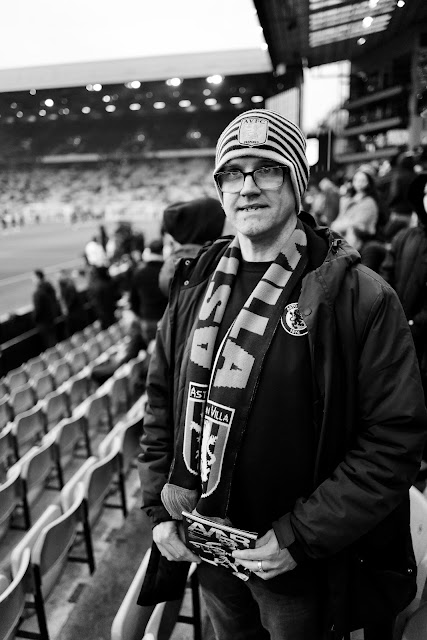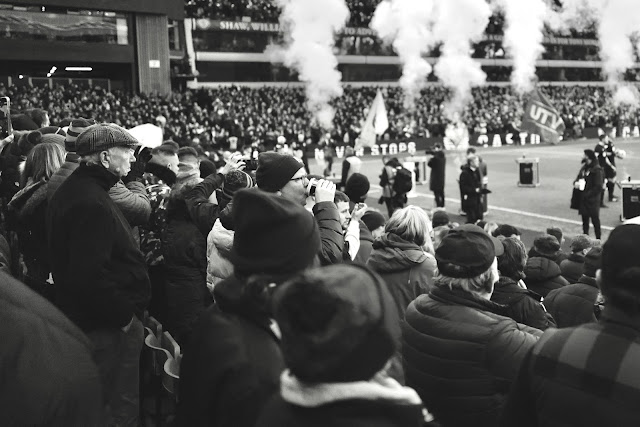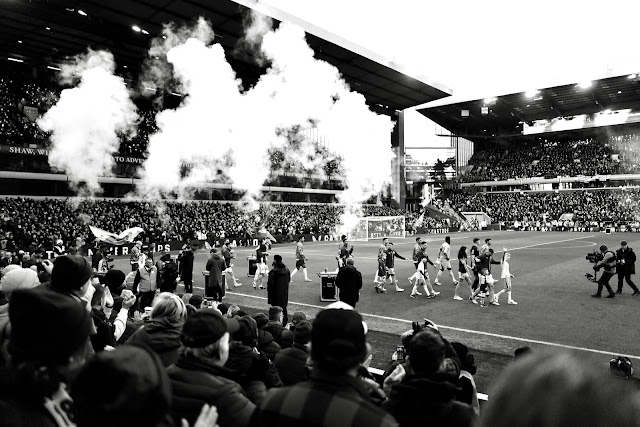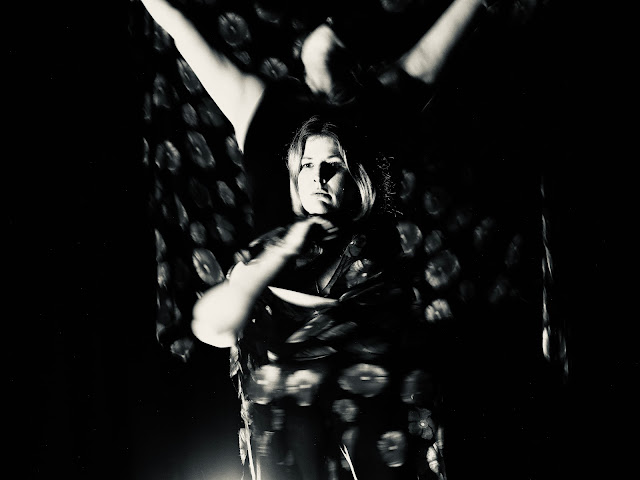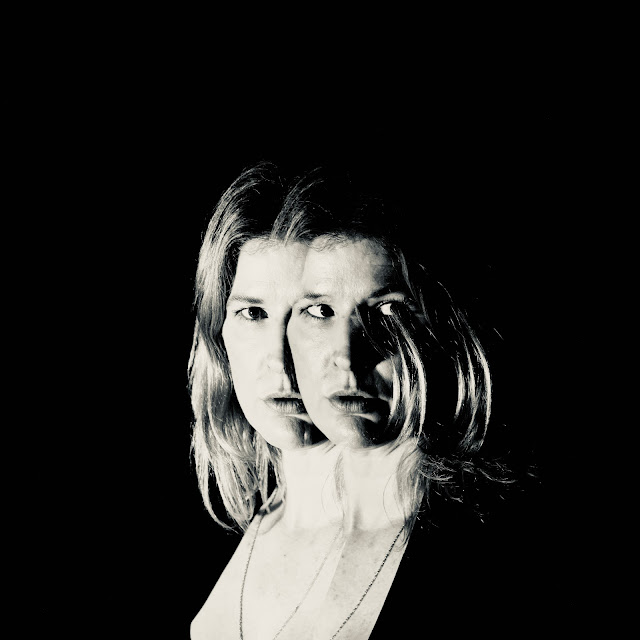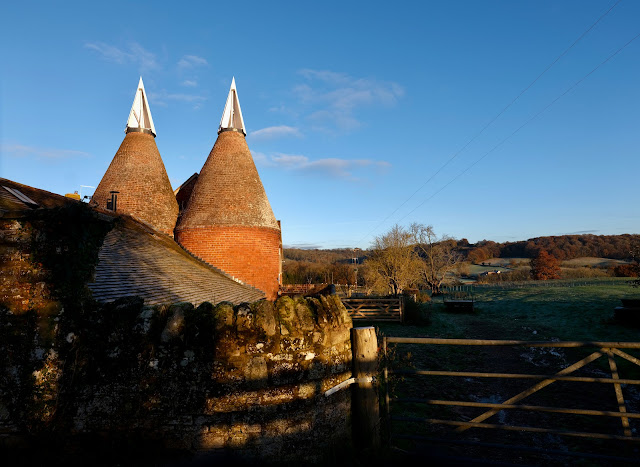a daughter speaks
In an interview on 'Wombat', a French arts web-site, Emma Murtha sums up perfectly the life of a fantastic but largely unrecognised female photographer. Click here to read it.
Tish, Emma's mother died in poverty. During the 1970s she took pictures in Elswick, Newcastle-upon-Tyne, right next door to where my future wife was growing up.
A few weeks ago we watched 'Tish', the film Emma made about her mother. We remembered so much of that time and place and yet sadly we knew nothing of Tish's existence. It was almost as if her life had been air-brushed out of the history of photography.
the mother's work
Tish's style was unapologetic. She shot what she wanted and refused to compromise. In a man, those single-minded qualities would be applauded, but not for a woman. Once more implicit discrimination rules.
Tish's photos are magic. Shot in the back streets of a bombed-out, yet vibrant, area of Newcastle they are jam-packed with mucky kids enjoying freedom in the open air. It could never happen these days.
Tish captured the moment. Her black and white pictures were shot in the environment and bursting with energy. These were her people and this was her tribe.
the challenge
This week's challenge was to take photographs on the theme of 'trust your intuition' in the style of Tish Murtha.
what did I do?
I focused on identifying the right 'tribe' to photograph. After a couple of 'trial and errors' I took my camera to Villa Park.
My son and I are long-time season-ticket holders. We're well known to everyone around us and our fellow supporters are used to me taking action pictures when Villa score. This is, I'm delighted to say, an increasingly regular occurrence under the stewardship of Head Coach, Unai Emery.
I chose to take black and white photographs in camera. I find this much better than shooting in colour then converting the pictures once I'm back home. It helps me avoid distractions and concentrate instead on spotting different tones in the image.
The photographs were taken without flash using a high ISO setting and a relatively wide aperture.
These are the two photos I chose to show to the group. I titled them 'the agony and the ecstasy', which is pretty much the lot of the average football supporter.
Here's some more photos I took that afternoon...
what did I learn?
Be brave. Never look away...










